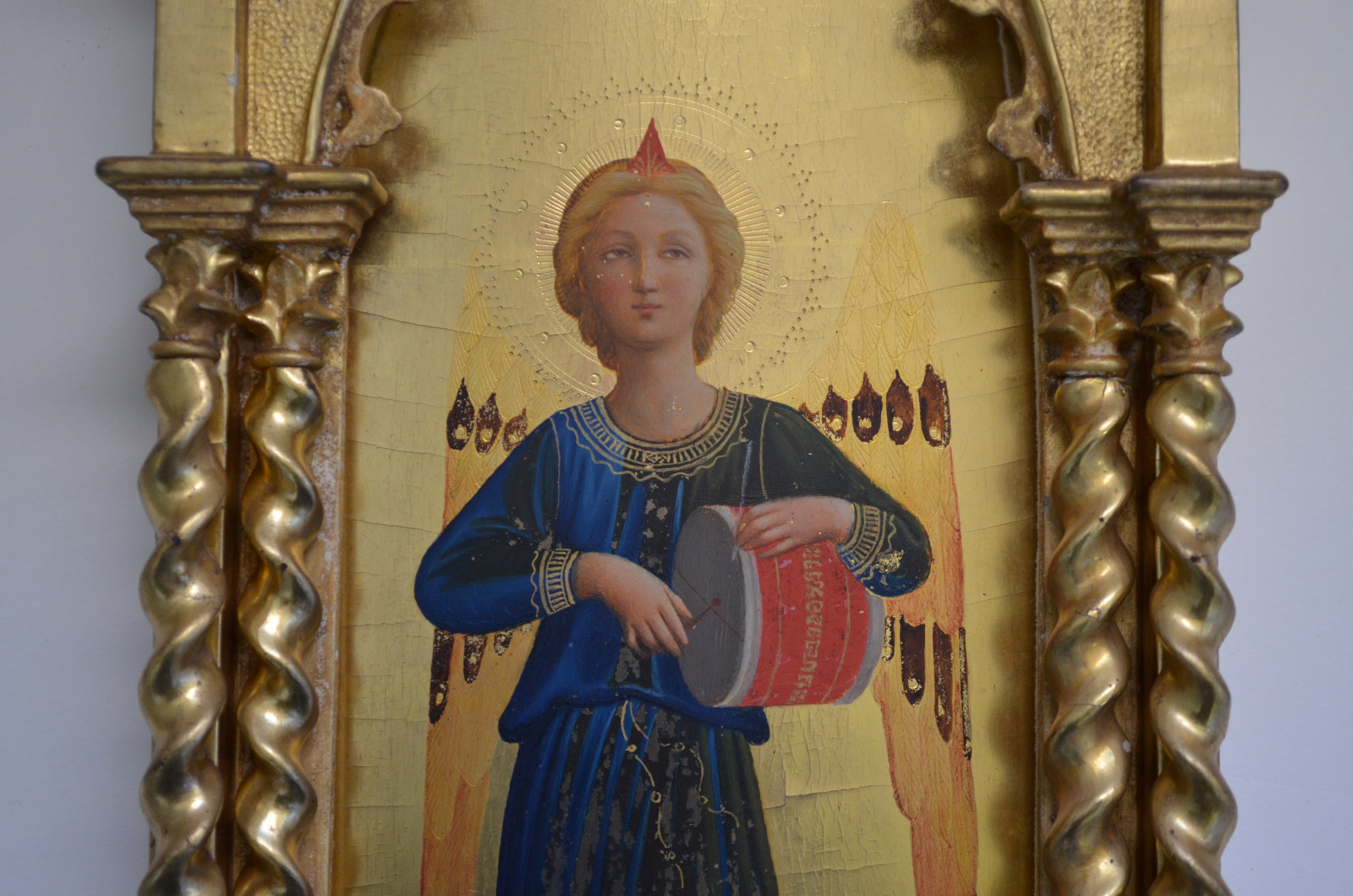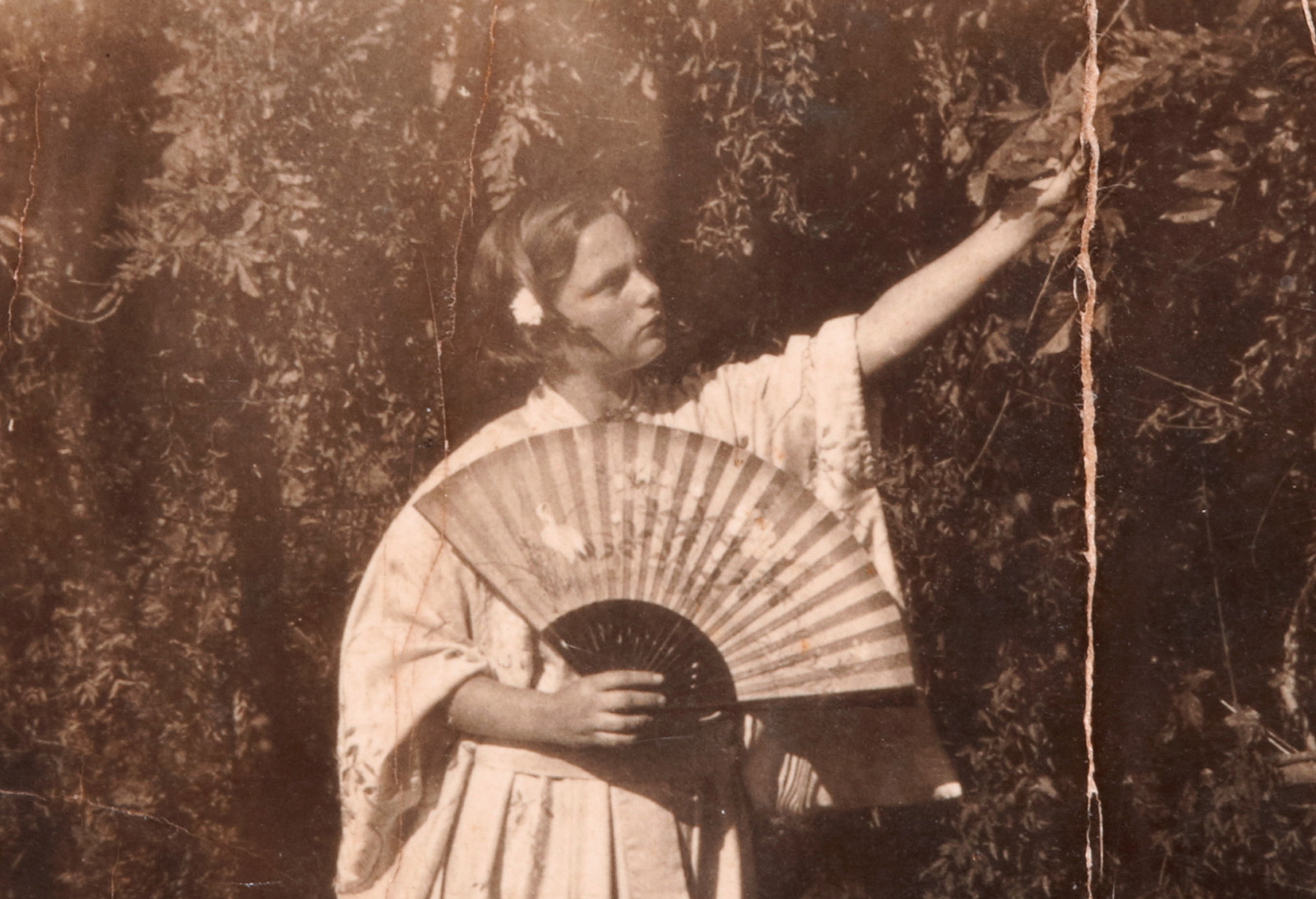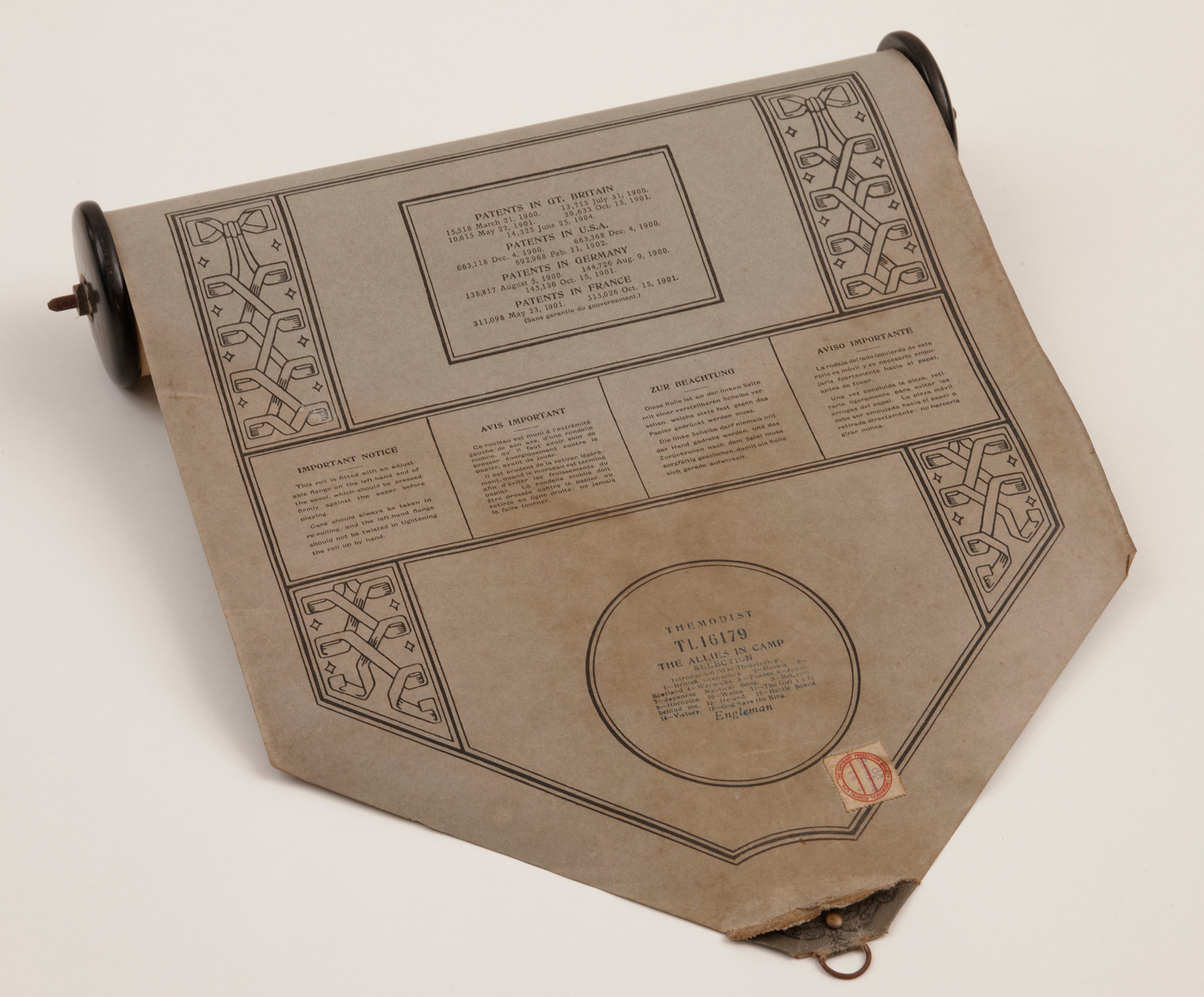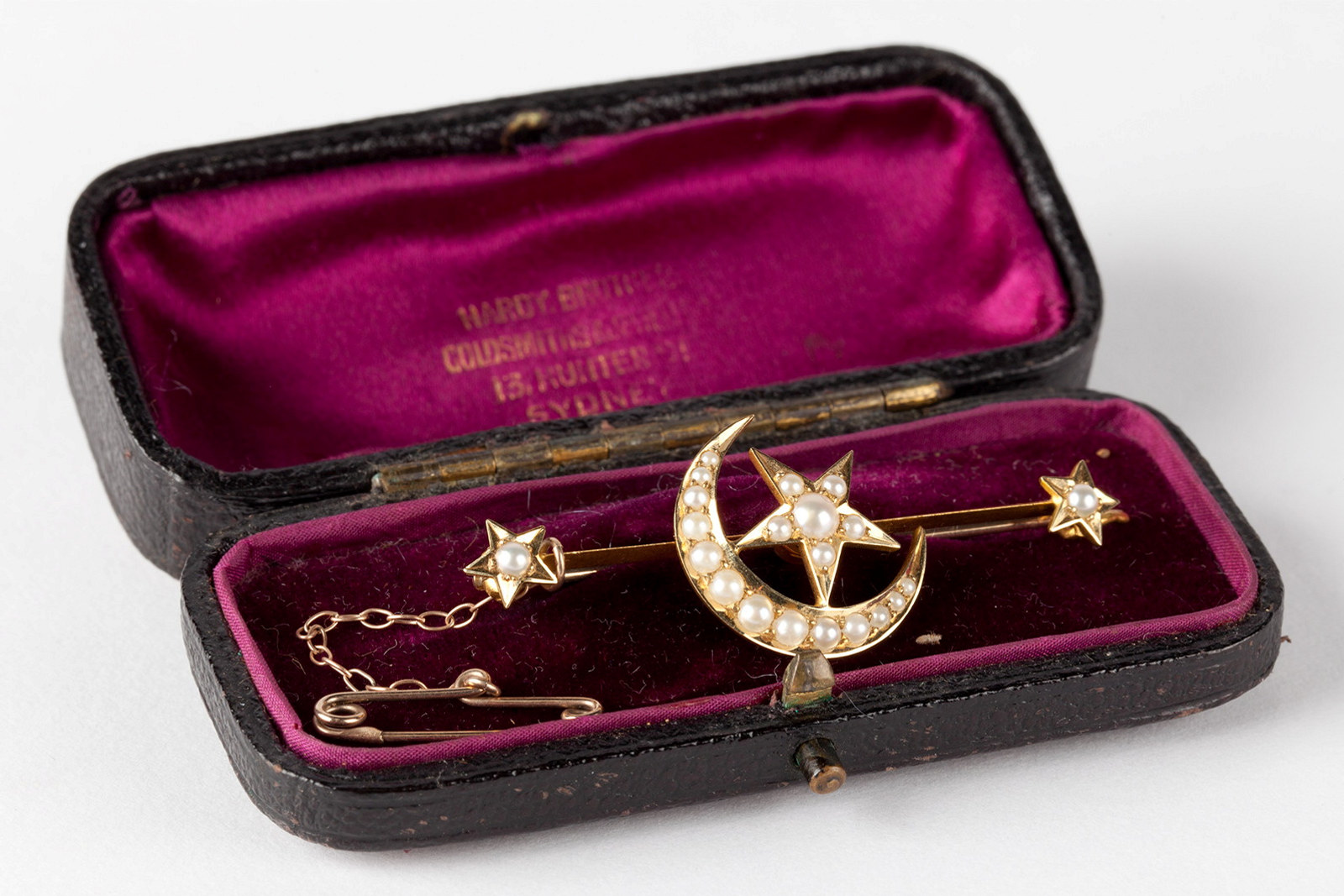The Woolshed: a rude timber building
The Woolshed at Rouse Hill Estate, constructed c. 1858, is an example of the type of ‘rude’ timber farm buildings that can be found throughout rural Australia.
These building are usually uncomplicated structures, built using materials readily available and often have a naïve, simple character. The Rouse Hill Woolshed is no different – a vertical timber slab, rectangular, gable roofed building with corrugated iron roof and later “lean-to” additions at each end. The north lean-to houses a small pigeon coop and the south lean-to a driveway and partially open carport. The building has had a range of uses throughout its history and has variously been known as the woolshed, engine shed, stable and workshop. At one time the building was used by the Rouse family for temporary storage of wool bales being brought to Sydney from their other properties, but it has also been used as a storage shed, for shearing sheep, as a small stable and in later years as a workshop.
The original central structure is divided into three rooms with structural timber posts and a ridge beam running through the centre of the building, utilising mortise & tenon joints, which are both simple and strong. Parts of the building have a brick paved floor, whilst other areas feature hardwood boards laid directly on the ground. These three rooms hold an eclectic collection of discarded domestic objects, farm equipment, engine parts, tools, machinery, vehicle parts and hardware that has accumulated over time as farming activity at the property declined.
Over time, the timber structure has slowly deteriorated causing the Woolshed to move and settle, the tenon tongue of some posts are not fully engaged with their mortise hole, and the long sides have slumped, until the vertical slab cladding is resting directly on the ground.
In 2020, Sydney Living Museums is undertaking structural stabilisation and conservation works to the Woolshed. A conservation challenge of these simple farm buildings is how to arrest and manage timber decay, especially where timber elements are in direct contact with the ground. Pests such as white ants and rabbits also contribute to structural instability. To allow for the structural repairs all the contents are being removed and treated. Once the building repair works are completed, the objects will be returned to their place and the Woolshed will be made accessible to visitors.
The Woolshed is just one of 17 farm buildings grouped around a series of fenced yards to the south of Rouse Hill house and out of view of the main entrance. Many of them were constructed between 1857-1877 by Scottish farm labourer and carpenter, Thomas Dixon.
Whilst individually ranked as of only moderate significance, as a group they are of considerable cultural significance, providing evidence of mid-19th to early 20th century farming practices and timber building construction using readily at hand materials.
The range of buildings illustrates the efforts of the Rouse/Terry family to make their property financially viable – a proposition that became more difficult from the 1890s onwards owing to a series of droughts and economic depression. Rouse Hill Estate has a rich architectural legacy with both a grand colonial Georgian mansion and these vernacular farm buildings.
Published on
Related
Browse all
A Gothic Angel
In the drawing room at Rouse Hill your eye is instantly drawn to a small painting on the far wall; a figure of an angel in a shining gilt frame, acquired in the 1870s.

Keeping cool
Shading the face, fanning a fire into a blaze or cooling food, shooing away insects, conveying social status, even passing discreet romantic messages - the use of the fan goes far beyond the creation of a breeze.

WW1
The Allies in camp music roll
Rouse Hill house boasts a fine pianola, a player piano, which came into the house just a few years before the outbreak of World War I

Baubles, brooches & beads
We wear jewellery as articles of dress and fashion and for sentimental reasons – as tokens of love, as symbols of mourning, as souvenirs of travel
